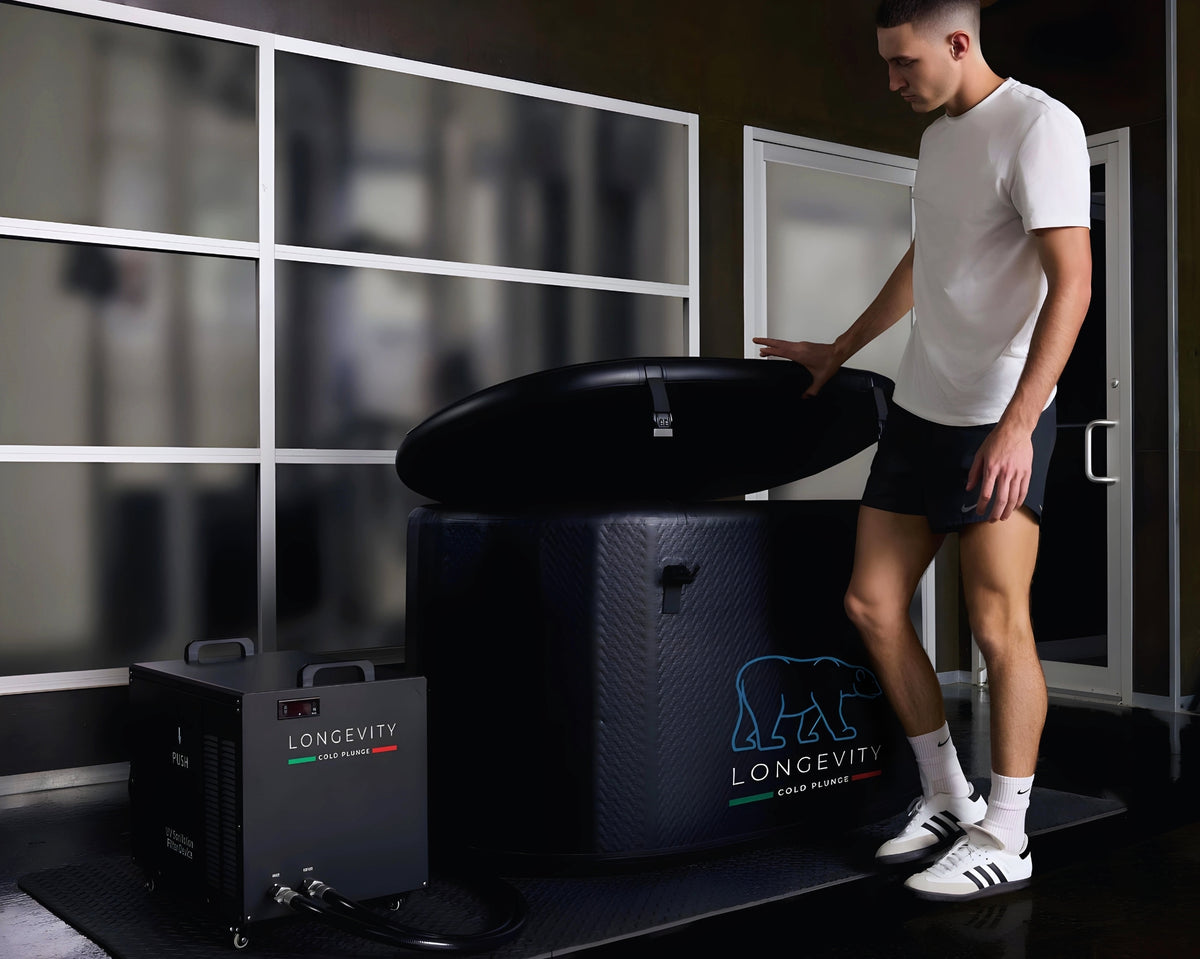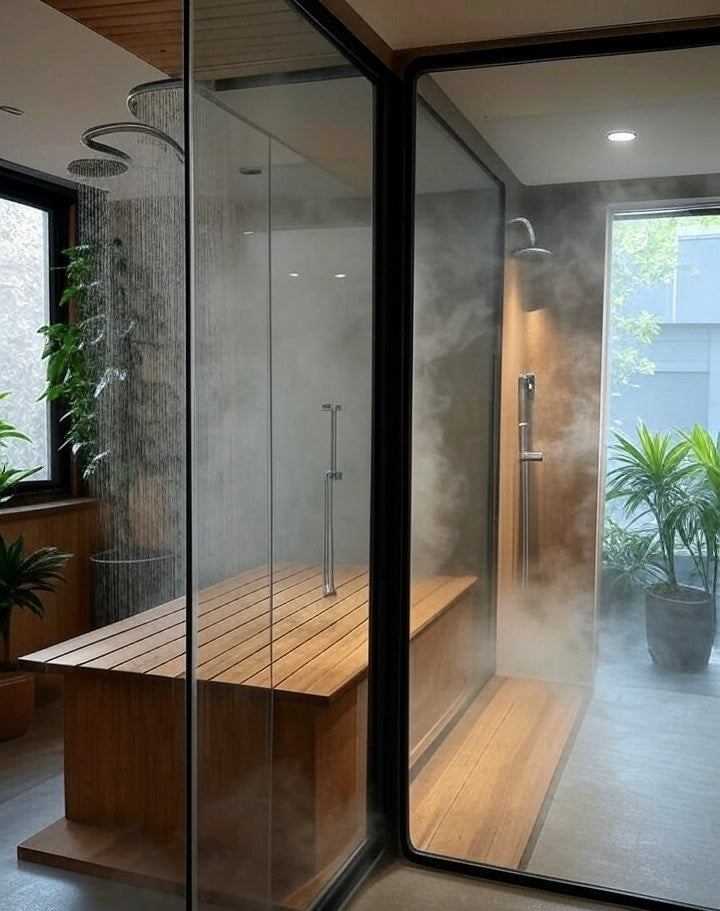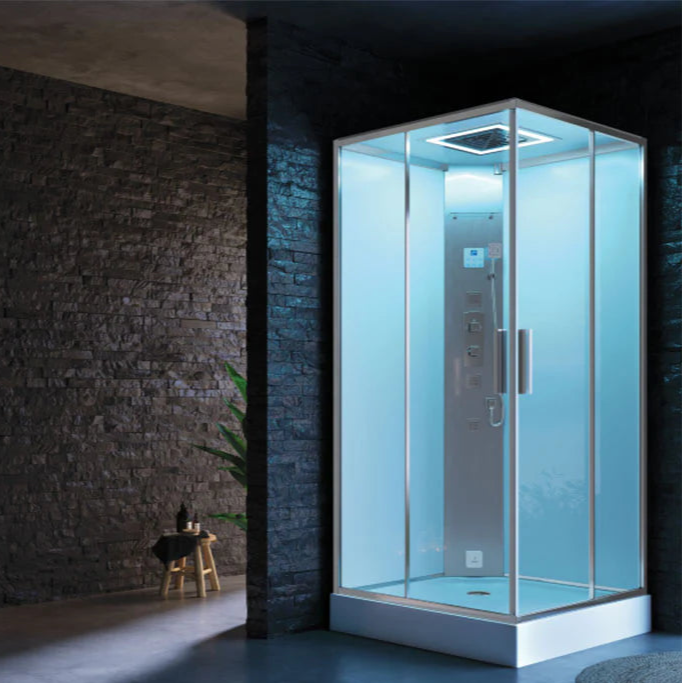Ever wondered why footballers willingly dive into an Ice Bath Tub after a gruelling match? The short answer: it speeds up recovery and tackles muscle soreness. Whether it's a Cold Plunge, Cold Plunge Tub, or a giant wheelie bin of ice—there’s science behind the chill. Read on to find out how!

The Core Reasons: Physical Recovery and Performance Enhancement
Combating Muscle Soreness and Inflammation
Reducing Delayed Onset Muscle Soreness (DOMS)
One of the key reasons footballers embrace Cold Plunge Tubs post-match is to reduce muscle soreness.
The icy water helps numb nerve endings, which decreases pain perception and eases post-exercise discomfort.
This can significantly reduce DOMS after intense games or training.
It allows players to recover faster and feel fresher in less time.
Controlling Inflammation and Swelling
Cold exposure causes vasoconstriction—blood vessels narrow to reduce blood flow.
This minimises swelling and inflammation, especially in muscles that have experienced micro-tears during physical exertion.
It’s an effective way to protect tissues and reduce the strain from repeated high-intensity sessions.
Accelerating Overall Recovery
The Vasoconstriction and Vasodilation Effect
After stepping out of an Ice Bath, blood vessels rapidly expand—a process known as vasodilation.
This “flush” sends fresh, oxygenated blood back to the muscles, helping clear out waste like lactic acid.
It’s this cycle of constriction and dilation that makes ice baths so effective for rapid recovery.
Improving Blood Flow and Circulation
This vascular effect not only clears waste but improves circulation overall.
Enhanced blood flow ensures that muscles receive essential nutrients, speeding up repair and reducing fatigue.
Decreasing Metabolic Activity
Lowering the body’s core temperature slows metabolic activity.
This pause gives muscles a chance to rest and recover more efficiently, especially after long matches.
Optimising Athletic Performance
Facilitating Faster Return to Training
Reduced soreness means players can return to training sooner, with less fatigue.
This improves consistency in performance and minimises downtime between sessions.
Reducing Risk of Fatigue and Injury
With quicker recovery, players are less prone to overtraining.
Muscle fatigue and injuries become less likely, which is crucial during congested fixture periods.
Beyond the Physical: Mental and Strategic Advantages
Psychological Benefits for Footballers
Boosting Mood and Energy (Endorphin Release)
Immersing in cold water can trigger an endorphin release, creating a natural mood lift.
Players often report feeling energised and mentally refreshed after a plunge.
Reducing Stress, Anxiety, and Depression
The cold stimulates the parasympathetic nervous system, encouraging relaxation.
It helps reduce mental stress and can even support mood regulation during challenging competitive seasons.
Enhancing Mental Toughness and Focus
Repeated cold exposure builds resilience.
Footballers gain mental toughness, discipline, and focus—qualities that translate directly onto the pitch.
Integrating Ice Baths into a Holistic Recovery Strategy

Timing and Duration Best Practices
Most footballers take a Cold Plunge straight after games or hard training.
Ideal temperatures are between 10°C and 15°C, with sessions lasting 2 to 10 minutes.
Beginners should start small and build up as their cold tolerance improves.
Complementary Recovery Methods
Ice Bath Tubs are most effective when used alongside other recovery tools.
Massage, compression therapy, stretching, and active recovery all help maximise results.
When to Avoid
Avoid ice baths before training sessions.
Cold muscles may stiffen, increasing the risk of strain or injury.
Conclusion
Cold Plunge Tubs are more than just a football trend—they’re a proven recovery aid.
They reduce soreness, speed up recovery, and even enhance mental focus.
When used smartly and consistently, they help footballers stay match-ready, season after season.
Key Takeaways
-
Ice baths reduce muscle soreness and promote faster recovery.
-
Cold plunges improve circulation, helping remove lactic acid and repair muscles.
-
Mental benefits include better mood, reduced stress, and stronger focus.
-
Avoid before training, but use after matches for maximum benefit.
-
Combine with other recovery tools for a well-rounded approach.






